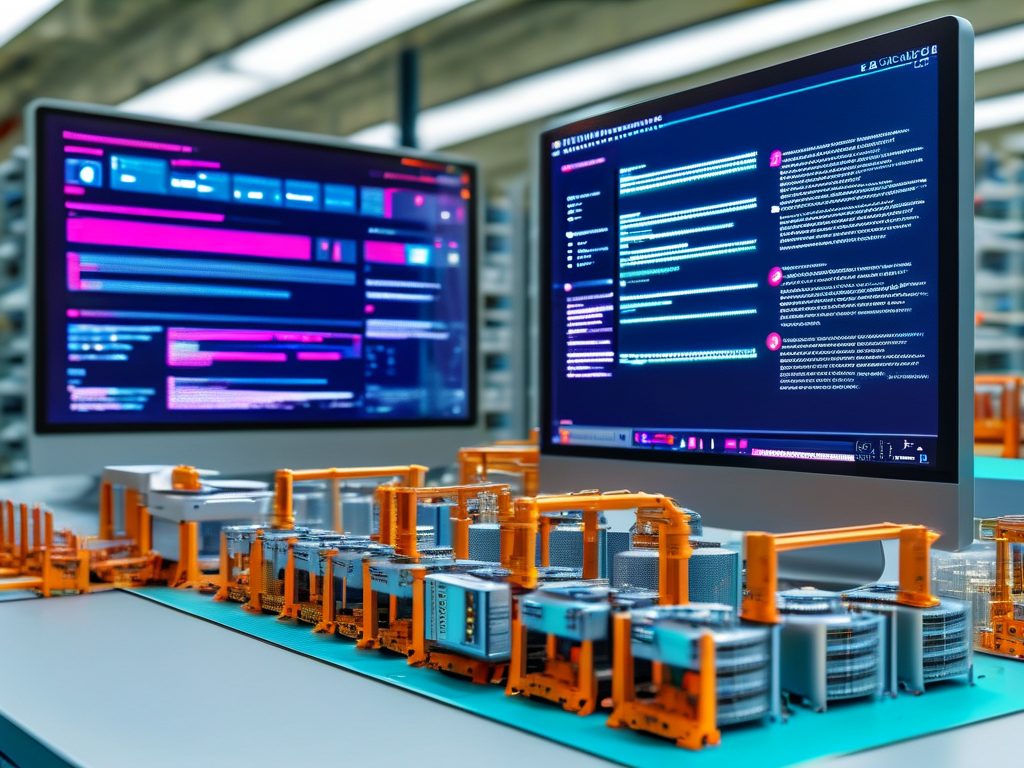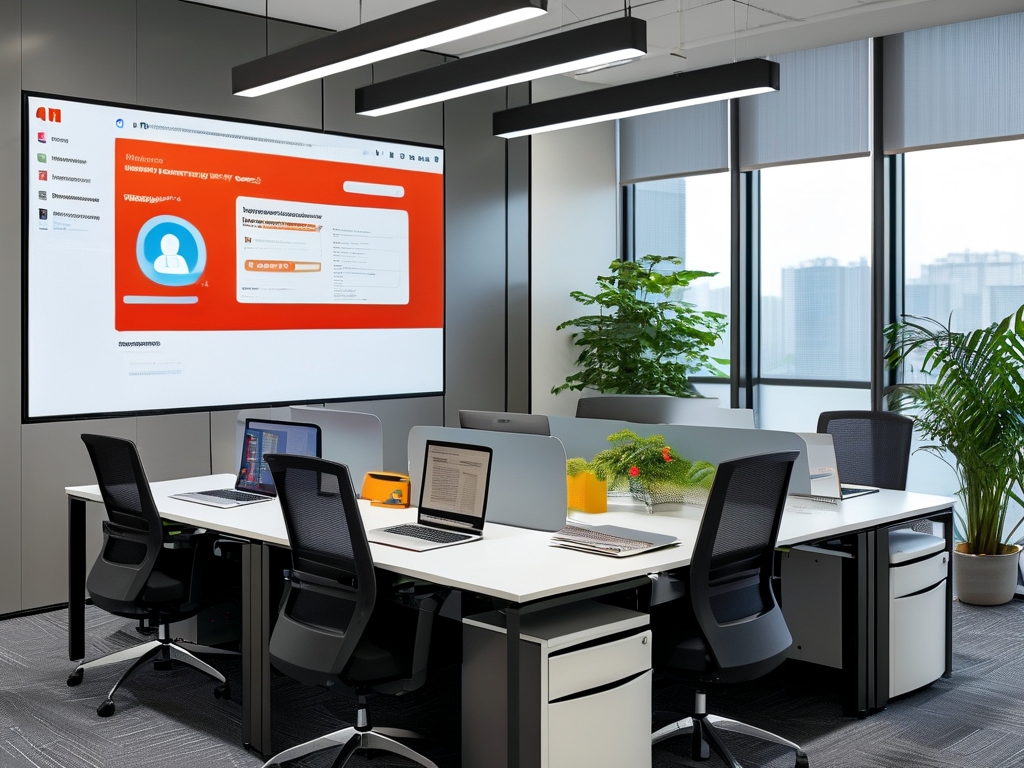In today’s fast-paced work environments, businesses are increasingly adopting automated deployment clock-in systems to streamline attendance tracking and enhance operational efficiency. These systems leverage advanced technologies to eliminate manual processes, reduce errors, and ensure compliance with labor regulations. Below, we delve into the key features, benefits, and implementation strategies for modern automated clock-in solutions.

Core Features of Automated Clock-In Systems
Automated deployment solutions for employee attendance typically integrate hardware and software components. For instance, biometric scanners, RFID cards, or mobile apps capture clock-in data, while cloud-based platforms process and store records in real time. A notable feature is dynamic synchronization, which ensures data consistency across multiple devices and locations. This is particularly useful for organizations with remote or hybrid teams.
Another critical aspect is customizable reporting. Managers can generate detailed analytics on attendance patterns, late arrivals, or overtime hours. For example, a Python script might automate report generation:
import pandas as pd
from datetime import datetime
attendance_data = pd.read_csv('daily_logs.csv')
report = attendance_data.groupby('employee_id').agg({'hours_worked': 'sum'})
report.to_csv('weekly_summary.csv')
Such scripts reduce administrative burdens and enable data-driven decision-making.
Advantages Over Traditional Methods
Manual attendance tracking is prone to errors, such as buddy punching or misrecorded hours. Automated systems mitigate these risks by enforcing strict authentication protocols. Facial recognition or fingerprint scans, for instance, ensure that only registered employees can clock in.
Additionally, automated deployment allows seamless integration with payroll and HR systems. This eliminates the need for manual data entry, reducing processing time by up to 70%. A case study from a mid-sized retail chain revealed that switching to an automated system cut payroll errors by 45% within three months.
Implementation Considerations
Deploying an automated clock-in system requires careful planning. First, organizations must evaluate their infrastructure. Cloud-based solutions like AWS or Azure offer scalability, while on-premise setups may suit industries with strict data privacy requirements.
Second, employee training is essential. A phased rollout—starting with a pilot team—can help address technical issues and build user confidence. For example, a manufacturing company might test the system with a single production line before expanding plant-wide.
Lastly, compliance with labor laws must be prioritized. Systems should align with regional regulations, such as the EU’s Working Time Directive or the Fair Labor Standards Act (FLSA) in the U.S. Automated alerts for overtime thresholds or break intervals help organizations stay compliant.
Future Trends
The evolution of IoT and AI is reshaping automated clock-in systems. Predictive analytics, for instance, can forecast staffing needs based on historical attendance data. Meanwhile, geofencing technology enables GPS-based clock-ins for field workers, ensuring accuracy for off-site teams.
In , automated deployment solutions for employee clock-in systems are no longer a luxury but a necessity for modern workplaces. By combining robust technology with strategic implementation, businesses can achieve higher accuracy, compliance, and workforce productivity.







